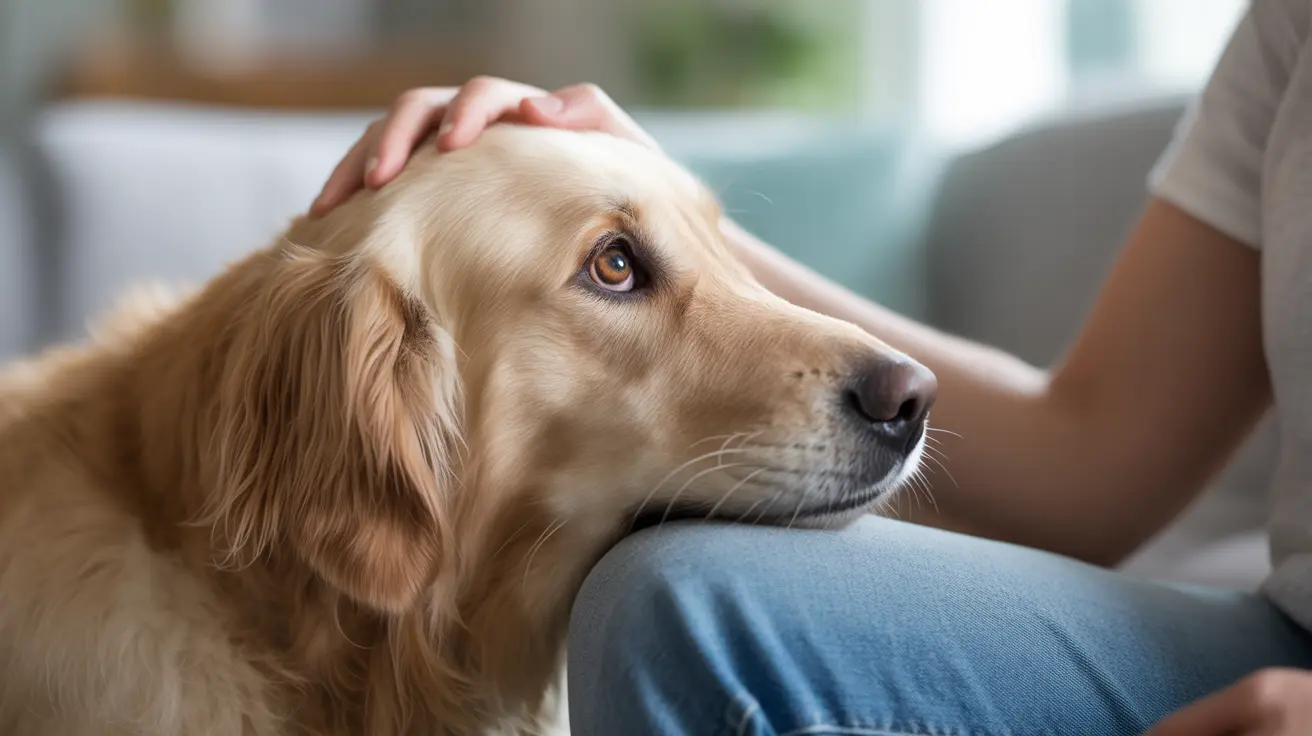Why Do Dogs Stop Wagging Their Tails When You Pet Them?
Dog tails are a fascinating piece of anatomy and behavior, serving as effective tools for communication, balance, and even thermal regulation. Pet owners often notice that their dogs may wag their tails energetically at first, but then stop suddenly when being petted. This behavioral change is often misunderstood but has logical explanations rooted in physiology and emotional signaling.
Understanding Tail Communication
The canine tail is essentially a social signal flag. It communicates a range of emotions through speed, position, and direction. Here are some important aspects:
- High, stiff tail: Could mean dominance, alertness, or threat
- Low or tucked tail: Signals fear, submission, or insecurity
- Mid-height and relaxed tail: Indicates calmness
- Wide and fast wagging: Suggests happiness or friendliness
- Right-side wagging: Associated with positive feelings
- Left-side wagging: May indicate anxiety or nervousness
Dogs use wagging not just with humans but also with other dogs. It's part of their nonverbal vocabulary, much like facial expressions are for people.
Why Dogs Pause Tail Wagging During Petting
When a dog stops wagging its tail as you're petting them, several reasons can explain this change:
- Focused attention: The dog may shift focus from expressing interest to enjoying your touch, relaxing as a result
- Relaxation: The cessation of tail wagging may indicate that the dog feels safe and comfortable
- Emotional shift: Tail wagging reflects dynamic feelings. If your interaction eases excitement, the tail naturally slows or stops
- Change in body language needs: Once your dog no longer needs to signal excitement or greet you, it may stop wagging
The Mechanics Behind Tail Movement
The dog's tail is made of multiple vertebrae covered in muscle, allowing for incredible flexibility and movement. Functional roles include:
- Balance: During runs or sharp turns, the tail acts as a counterbalance
- Scent signaling: Tail movement helps release scents from anal glands, especially when raised
- Swimming: Some breeds like Labradors use their tails as rudders
- Thermal insulation: Northern breeds can use their bushy tails to cover their faces in the cold
Development of Tail Communication in Puppies
Puppies typically don't begin tail wagging until around three to four weeks old, when social interaction with littermates begins. This social signaling matures as they grow, becoming part of their standard behavior repertoire.
Other Physical or Behavioral Factors
- Health issues: Conditions such as limber tail, fractures, and dermatitis can cause discomfort, reducing tail movement
- Breed variation: Some breeds have naturally short or curled tails, reducing their wagging frequency
- Tail docking: Dogs with cropped tails may compensate with other body movements, but communication may be limited
Summary
In essence, when dogs stop wagging their tails during petting, it's usually not cause for concern. It may be a natural transition into a more relaxed state. The tail has multifaceted roles—physical, emotional, and communicative. Understanding these layers helps pet owners interpret their dogs more accurately, improve bonding, and provide better care.
Observing your dog’s tail closely during various interactions reveals a great deal about their emotional world. Whether wagging or still, the tail speaks volumes when you know how to listen.





